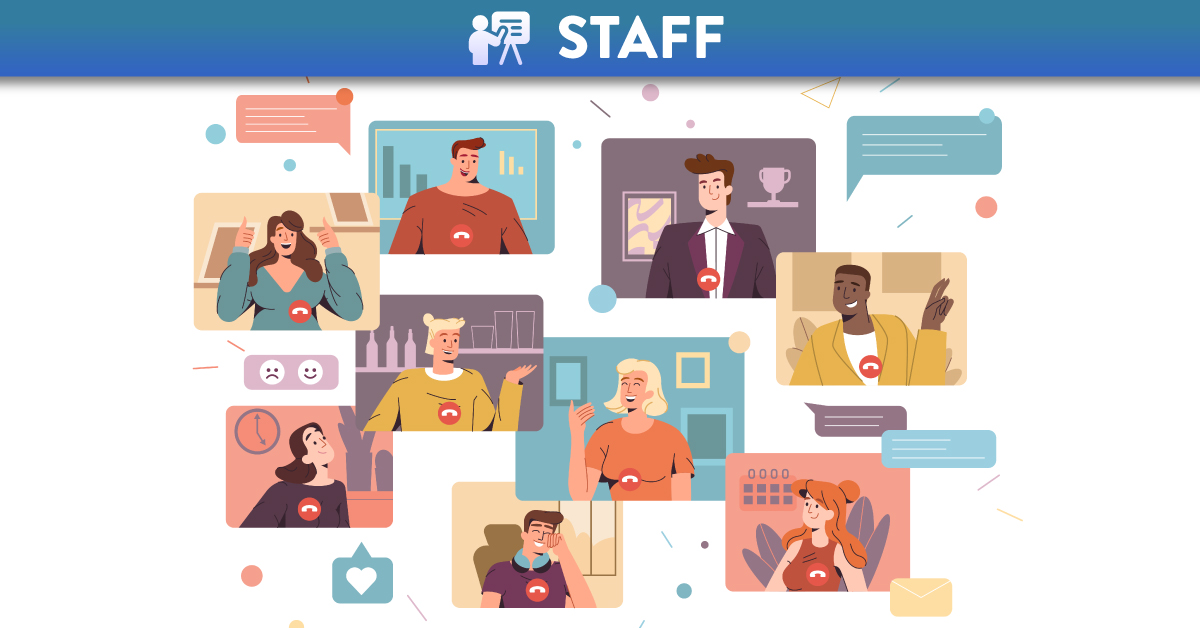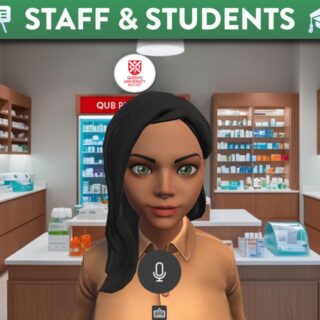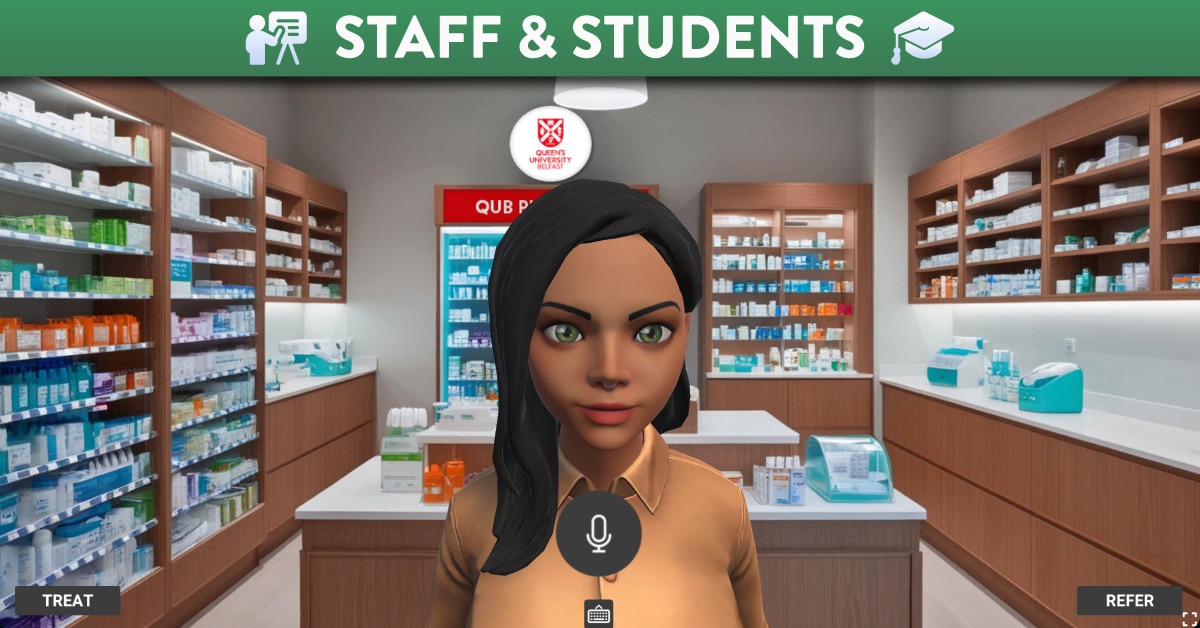
Using Teams Live Events in Large Cohort Lectures
This post is based on my experience of using a Teams Live Event for a 50 minute lecture to 360 students in my level one, non-specialist Accounting module in the last academic year. Last year, MS Teams couldn’t support a meeting for a cohort of that size – that has now changed – but I’m going to continue to use Live Events on my course.
Key differences between a Live Event and Teams Meeting
- A Live Event is a broadcast rather than a meeting – so students can’t turn on mics or share screens to contribute.
- Students have an anonymous Q&A rather than chat function.
- No breakout rooms are possible.
- Automatic recording and access to the recording by clicking on the Event link.
- Live Events need to be set up for you by the Information Services Team.
Practically, as a lecturer you are looking at a slightly different screen compared to a Teams meeting – so minor things like how you share your slides and see student questions are a little different but very easy to pick up. David Robinson at Information Services took me through a demonstration and answered any questions I had, and also set up my Live Events, sending a calendar invite for my lecture times – very handy! I then just needed to share an Event link specific for each week’s lecture on Canvas.
Impact
At first, I thought the loss of opportunity for verbal or visual interaction with students would have a really negative impact – and in other modules I teach it really would! But this was mitigated by some contextual factors in this module – a short (50 minute) lecture time, a large, first-year cohort where it is difficult to get verbal interaction in any format (!) plus the focus of this lecture on introducing key concepts, with practical application and interaction offered in computer classes.
In fact, the anonymous Q&A gave me much more interaction with students in the class than I have had in person in PFC 0G/007, or in comparable lectures using Teams meetings. Students seemed to really appreciate the anonymity to ask lots of questions in the short Q&A breaks that I built into the session. So much so that 200 questions per session were not uncommon! I answered what I could in class, and was then able to download all questions after the class ended, answering any missed on a Canvas Discussion Forum – this had the additional benefit of starting the conversation in each week’s Forum (another essential in teaching this large cohort).
In module evaluations and informal feedback during the term, a number of students cited the Q&A as helpful, especially in the online learning environment:
“I found the dedicated Q&A sessions also very helpful and think that they should be more widely adopted as it made online learning a lot less stressful, as everyone was encouraged to take part and all questions were valuable. “
Conclusions
I’ve decided to continue with Live Events in this module for the 2021/22 year as for this lecture the benefits outweigh the drawbacks. If you are thinking of a Live Event for your own course, I’d recommend that you primarily consider your cohort, need for interaction and the learning outcomes of your session, as the logistics behind Live Events are very straightforward and good support is available from the IS Team.
If you would like more information about Live Events or know how to book a Live Event visit the Teams Live Event site.





